HEmS - Hydrogen in Metals
HEmS - Hydrogen in Metals
[Credit: R Thiessen, thyssenkrupp Steel Europe]
HEmS (Hydrogen in metals - from fundamentals to the design of new steels) is a major initiative to investigate the process of embrittlement of metals from hydrogen. The research is funded by the Engineering and Physical Sciences Research Council (EPSRC) and is a joint collaboration between the Universities of Oxford, Cambridge, Sheffield and Imperial and King's Colleges London.
It has been known for over a hundred years that hydrogen causes catastrophic failure in high strength steels. The overall aim of HEmS is to provide a comprehensive understanding of the process of hydrogen embrittlement in steels, through an integration of advanced characterisation, testing and modelling techniques. This new understanding will be used to develop new ultra-high strength steels that are resistant to embrittlement in the presence of hydrogen.
Potential applications of this research are envisaged across a wide range of key UK industries, including the automotive and energy sectors, and it is anticipated that this research will impact directly on the fuel efficiency of the next generation of cars, and the service lifetimes of wind turbines and energy pipelines.
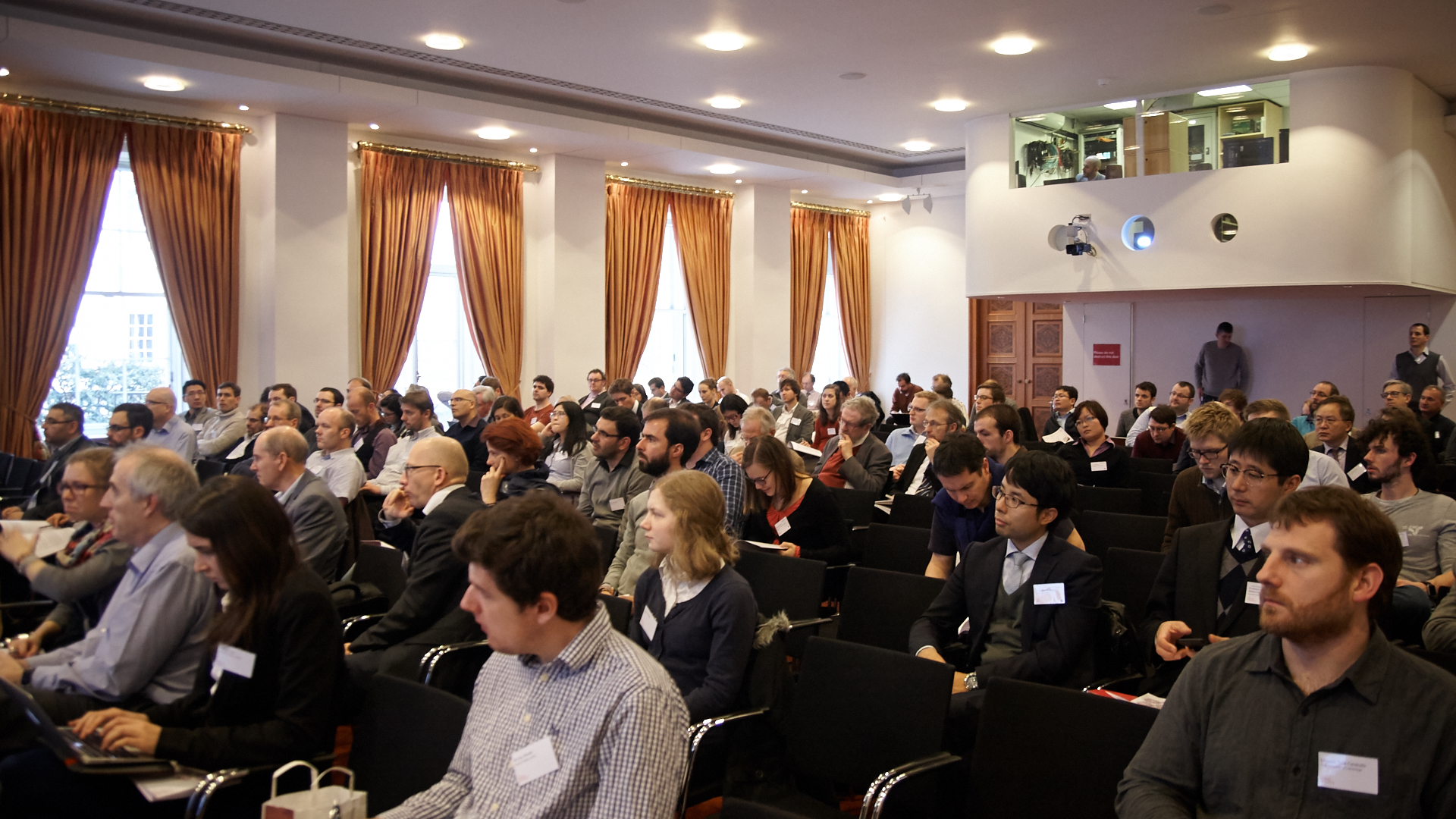
With the increasing use of high strength steels by a range of industrial sectors (eg automotive, aerospace) and the development of a hydrogen economy there is a growing awareness of how the presence of hydrogen can have a detrimental effect on the mechanical performance of engineering alloys.
This 3-day workshop in Oxford discussed and evaluated our current understanding of hydrogen in metals and how it can promote embrittlement. We examined future needs and challenges from both academic research and industrial perspectives.
The workshop covered all classes of metals that experience embrittlement, including steels, nickel, zirconium, titanium and their alloys. The meeting was jointly organised and sponsored by HEmS (a UK consortium of UK Universities conducting joint research on Hydrogen in Metals), the Interdisciplinary Centre for Advanced Materials Simulation (ICAMS) Bochum, Germany and the Max- Planck-Institut für Eisenforschung (MPIE) Germany.
The workshop bought together leading international researchers who are applying a range of experimental, characterisation and modelling techniques to develop an in-depth understanding of hydrogen in engineering alloys and prompted some interesting discussions. In addition to the invited talks there was a poster session that also stimulated a lot of interest.
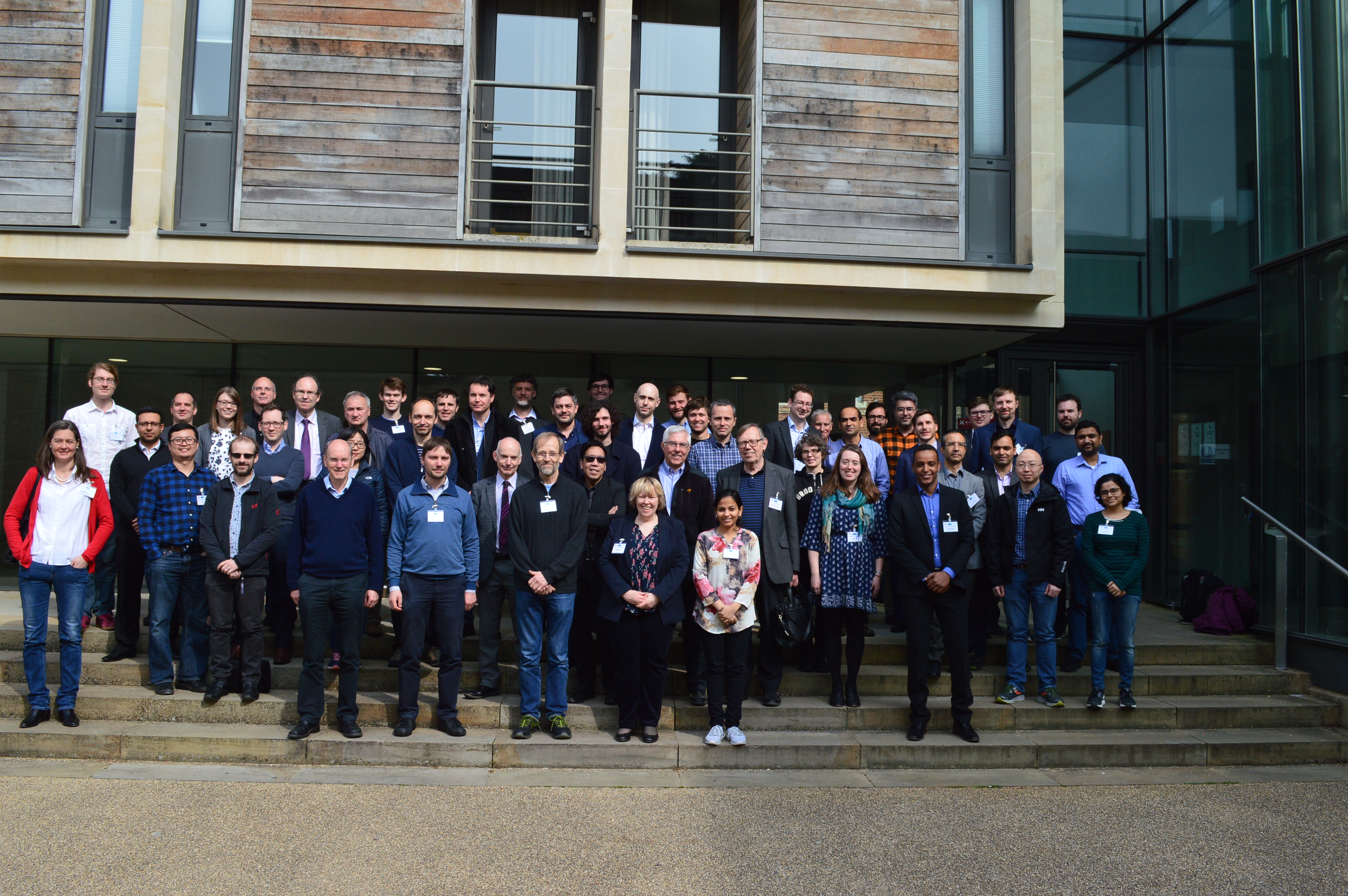
Attendees at the Hydrogen in Metals Workshop, St Anne’s College Oxford April 2019
Professor Alan Cocks
 Professor of Materials Engineering
Professor of Materials Engineering
Personal webpage
Dr Paul Bagot
 Departmental Lecturer in 3D Atom Probe
Departmental Lecturer in 3D Atom Probe
Personal webpage
Dr Michael Moody
 Lecturer in Materials and Fellow of Trinity College
Lecturer in Materials and Fellow of Trinity College
Personal webpage
Dr Elsiddig Elmukashfi
 Postdoctoral Researcher, Solid Mechanics Group
Postdoctoral Researcher, Solid Mechanics Group
Personal webpage
Dr Daniel Haley
 Postdoctoral Researcher, Atom Probe Group, Dept. of Materials
Postdoctoral Researcher, Atom Probe Group, Dept. of Materials
Personal webpage
Dr Haiyang Yu
 Postdoctoral Research Assistant In Dislocation Dynamics, Dept. of Materials
Postdoctoral Research Assistant In Dislocation Dynamics, Dept. of Materials
Personal webpage
Yi-Sheng Chen
 Ph.D. Student, Atom Probe Group, Dept. of Materials
Ph.D. Student, Atom Probe Group, Dept. of Materials
Personal webpage
Professor Gábor Csányi
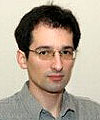 Reader in Engineering
Reader in Engineering
Personal webpage
Dr Enrique Galindo-Nava
 Royal Academy of Engineering Fellow
Royal Academy of Engineering Fellow
Personal webpage
Beriham Basha
 Ph.D. Student, Department of Materials Science and Metallurgy
Ph.D. Student, Department of Materials Science and Metallurgy
Personal webpage
Dr Miles Stopher
 Research Associate, Dept. of Engineering
Research Associate, Dept. of Engineering
Personal webpage
Andrej Turk
 Ph.D. Student, Department of Materials Science and Metallurgy
Ph.D. Student, Department of Materials Science and Metallurgy
Personal webpage
Professor Michael Finnis
 Chair in Materials Theory and Simulation
Chair in Materials Theory and Simulation
Personal webpage
Dr Erlend Davidson
 Research Associate, Department of Materials
Research Associate, Department of Materials
Personal webpage
Professor Tony Paxton
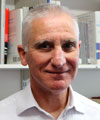 Theory & Simulation of Condensed Matter
Theory & Simulation of Condensed Matter
Personal webpage
Professor Alessandro De Vita †
 Theory & Simulation of Condensed Matter
Theory & Simulation of Condensed Matter
Personal webpage
Dr Ivaylo Katzarov
 Postdoctoral Research Associate, Department of Physics
Postdoctoral Research Associate, Department of Physics
Personal webpage
Dr Henry Lambert
 Postdoctoral Research Associate, Department of Physics
Postdoctoral Research Associate, Department of Physics
Personal webpage
Dr Sebastian Echeverri Restrepo
 Visiting Research Fellow from SKF Group
Visiting Research Fellow from SKF Group
Personal webpage
Professor W Mark Rainforth
 Head of Department and Professor of Materials Science and Engineering
Head of Department and Professor of Materials Science and Engineering
Personal webpage
Dr Peng Gong
 Postdoctoral Research Associate, Department of Materials Science and Engineering
Postdoctoral Research Associate, Department of Materials Science and Engineering
Dr. Francis Sweeney
 Postdoctoral Research Associate, Department of Materials Science and Engineering
Postdoctoral Research Associate, Department of Materials Science and Engineering
Personal webpage
Professor Pedro Rivera
 Chair in Advanced Manufacturing
Chair in Advanced Manufacturing
Personal webpage
Dr Hanwei Fu
 Research Associate
Research Associate
Personal webpage
Dr Olga Barrera
College Lecturer in engineering at Christ Church College, Oxford
Personal webpage
Dr David Bombač
Postdoctoral Research Associate, University of Ljubljana
Personal webpage
Dr Thomas Daff
Research Associate, Department of Engineering
Personal webpage
Dr Isaac Toda-Caraballo
Centro Nacional de Investigaciones Metalúrgicas, Madrid
email HEmS
Dr Robert Horton
Postdoctoral Research Associate, Department of Materials, Imperial College London
email HEmS
Dr. James Kermode
Assistant Professor, School of Engineering, University of Warwick
Personal webpage
Dr Siamak Soleymani Shishvan
Assistant Professor at University of Tabriz
Personal webpage
Dr Wojciech Szlachta
The research activities under HEmS are divided into four major themes, or work packages (WPs). These are summarised in this figure, together with the flow of information between the different activities. WP1 focuses on the design of microstructures that are resistant to hydrogen embrittlement and will synthesise information from all the other research activities. Pioneering new characterisation techniques are being employed in WP2 together with mechanical testing across a range of scales to provide new insights into the embrittling process. We are generating significant modelling and experimental data in each of our research projects. The generation, storage and flow of data between the different research activities is being managed in WP3. A range of integrated modelling activities across all scales relevant to the embrittling process are being followed in WP4. The activities within these work packages are described in further detail below.
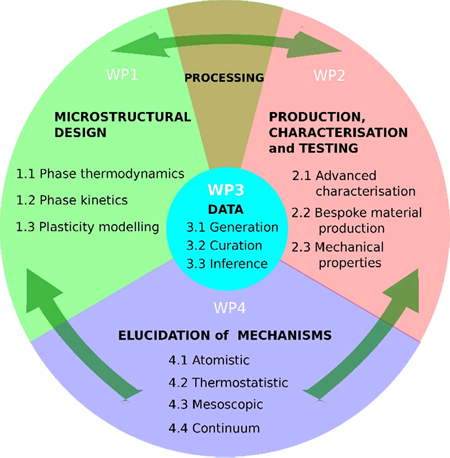
Work package 1 focuses on the application of thermodynamic and kinetic principles in designing alloys resistant to hydrogen embrittlement. Initially, the work will be of a computational nature, but once desired microstructural scenarios are devised, prototype alloys will be cast and heat treated. Advanced characterisation methods will be employed to ensure processing leads to the desired microstructures. The final aim is to achieve alloys that, whilst exposed to hydrogen, preserve their mechanical properties. Modelling the deformation behaviour of the newly designed alloys, under the presence of hydrogen, will be performed. Mechanical testing will be employed to test and refine the deformation models, and will feed back into microstructural design and alloy optimisation activities.
Work package 1 strongly interacts with work package 2. Partly in finding industrially sound processing routes to achieve the desired microstructures and partly in advanced characterisation work to demonstrate the desired microstructures created, all the while displaying the structural properties sought after.
As these optimal microstructures are discovered, the focus will be on how these can be realised in practice. This will require: Phase thermodynamics, where the conditions (temperature and composition) for the formation of desired phases will be examined with the use of thermodynamic databases in combination with genetic optimisation algorithms; Phase kinetics, to ensure that the critical scales of the various phases is achieved; Plasticity and Fracture Modelling, where computational schemes based on the models of work package 4 will be adopted to ensure ultra-high strength, together with a quantitative understanding of hydrogen effects.
The effect of hydrogen embrittlement in limiting the use of ultra-high strength steels is well known. However, hydrogen can degrade the properties of steels with a wide variety of different microstructures; from martensitic steels for bearing applications through to multiphase steels, such as TRIP steels, for automotive applications.
The main objectives of work package 2 will be to:
Work package 2 has three main sub-packages in its research plan which will help achieve the research aims of the programme:
This sub-work package will implement an array of microscopy techniques, to provide atomic scale physical and chemical analysis, including local bonding information. Novel imaging techniques will be developed to make direct observations of hydrogen at cracks and feed new insights into the modelling activities of WP1 and WP4. Of particular note, atom probe tomography (APT) studies of deuterium charged samples will enable 3D atomistic visualisation of hydrogen trapping sites. New Bayesian enhanced imaging techniques developed in combination with WP3 will enable direct identification of microstructural features that act as traps.
The pinnacle of this project will be the manufacturing and testing of alloys to evaluate the success of our material design through all the WPs. We possess outstanding metals processing facilities, with access to the latest technologies, including melting, near net shape casting and thermomechanical processing. A range of bespoke steels will be manufactured through the melting facility at Sheffield University and with our programme partners at SKF, Tata Steel and ThyssenKrupp Steel Europe.
We also have unique facilities for mechanical testing, particularly for hydrogen limited performance applications. The feed through from WP4 on the elucidation of mechanisms and WP3 on data generation to WP1 on microstructural design will significantly accelerate the targeting of key microstructures. Investigative techniques such as focused ion beam microscopy will provide mechanistic understanding on how the microstructural design has altered the hydrogen behaviour in the material for a particular application. The experimental programme also provides further input into WP3 on data generation and curation.
The hydrogen in metals programme encompasses materials modelling at a wide range of length and time scales covering aspects from the most fundamental level of quantum mechanical electronic structure calculations (also known as "first principles" modelling) to thermodynamic and kinetic modelling of phase transformations, of the industrially relevant alloys and processes.
These activities are not carried out in isolation, but rely on a significant flow of information from the lower towards the higher length scale models. Work package 3 is partly about consistently handling the generation, archiving and distributing of the data, and partly about novel algorithms that process lower length scale data to determine parameters of higher length scale models. This includes, amongst others, deriving the interaction laws between atoms from their electronic interactions, the calculation of thermodynamic phase diagrams of alloys and the response of defects such as cracks and interfaces to both chemical and elastic boundary conditions relevant to hydrogen embrittlement.
Another activity of this work package will look to enhance the analysis of experimental data coming from atom probe tomography, which builds 3D maps of atomic structures, using Bayesian probabilistic modelling aided by first principles calculations.
Computational data will be made available to our partners on the programme’s website, via a database that allows the easy depositing, search and retrieval of atomistic structures and the associated quantities. Experimental data will be stored using the software package of a programme partner company, Granta Design. One of the goals of the project is to integrate the handling of atomistic calculated data within Granta's products.
Work package 4 focuses on discovering exactly how hydrogen embrittlement occurs at the atomic scale. Until we understand the fundamental processes that lie behind the phenomena we cannot act to ameliorate hydrogen embrittlement through alloy design. There have been a number of mechanisms put forward in the last decades to explain how hydrogen embrittlement occurs, including hydrogen enhanced decohesion (HEDE), hydrogen enhanced local plasticity (HELP) and hydrogen enhanced stress induced vacancy formation (HESIV). One of our tasks is to find under what conditions of microstructure, temperature, stress and strain rate the various mechanisms are dominant.
Work package 4 is a programme of materials theory and simulation, but because of the extended scope of research within the large HEmS project consortium, this programme will be linked intricately with the largely experimental research of work packages 1 and 2.
Work package 4 divides into four sub-packages of research:
We aim to exploit the latest simulation technology in machine learning, in particular a method we call "learn on the fly". This combines the efficiency of classical and Gaussian approximation interatomic potentials with the chemical accuracy of density functional theory. By following explicitly, in real time molecular dynamics, the growth of fracture under load, we hope to discover the chemomechanical principles that lie behind hydrogen embrittlement.
This work area will focus on how we can calculate the chemical potential of hydrogen in steel. The problem is how to exploit modern methods of free energy calculation in atomistic simulation. We hope to calculate phonon and configurational contributions to free energies using a range of techniques, including the quasi-harmonic approximation and Monte Carlo methods. We will also employ path integral theory in order to address the important quantum effects experienced due to the light mass of the hydrogen nucleus. This means that we will be studying the phenomenon of tunnelling.
This package undertakes to do modelling at the length scale of atoms and beyond. We will use atomistic input data into models using kinetic Monte Carlo and cohesive zone theory that allow us to follow processes in plasticity and fracture, using realistic regimes of temperature and strain rate. We will be following the propagation of a crack under conditions of given hydrogen chemical potential, and at a length scale in which the simulation is able to explore microscopic processes that arise in the competition between crack advance and crack blunting, by dislocation emission and absorption. The effect of hydrogen on the outcome of this competition is what we are looking to discover.
At this length and time scale we can use input from the other sub-packages on the HEmS programme to make explicit models that encompass actual microstructure and a complete process zone at the crack tip. We can study the formation and linkage of micro cracks, decohesion at interfaces and grain boundaries, with rate dependent crystal plasticity finite element models. Initially, we will be able to simulate the mechanical response of simple model microstructures and then extend the methodology to study the response of microstructures designed in work package 1, and tested in work package 2.
MultiHy |
International Institute for Carbon-Neutral Energy Research (I2CNER) |
Thomas Young Centre |
 |
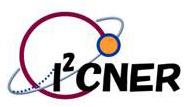 |
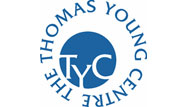 |
If you are interested in learning more about the HEmS research activities, or would like to contribute to our activities in any way, please contact:
Lorraine Watling
Department of Engineering Science
University of Oxford
Parks Road
OXFORD, OX1 3PJ - UK
T: +44 (0)1865 613946
E: hems@eng.ox.ac.uk
Twitter: @HEmSgrant